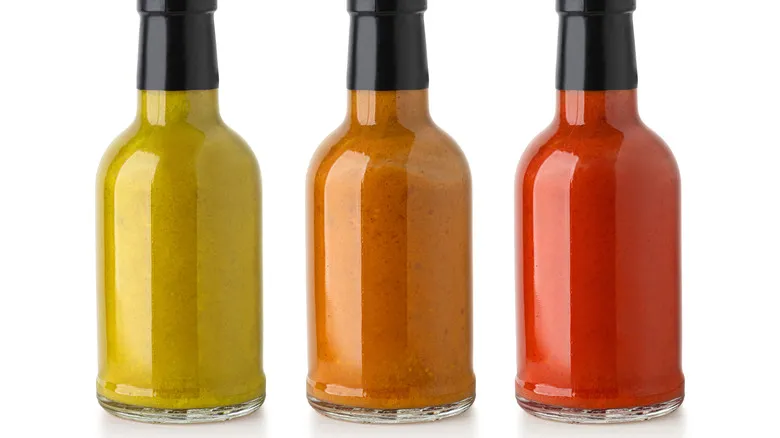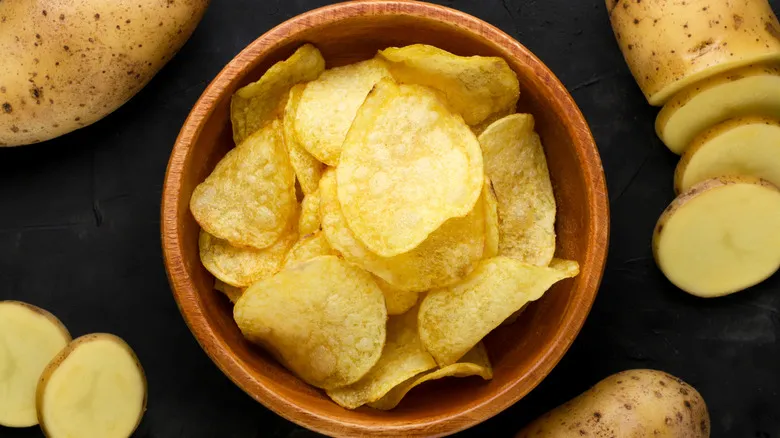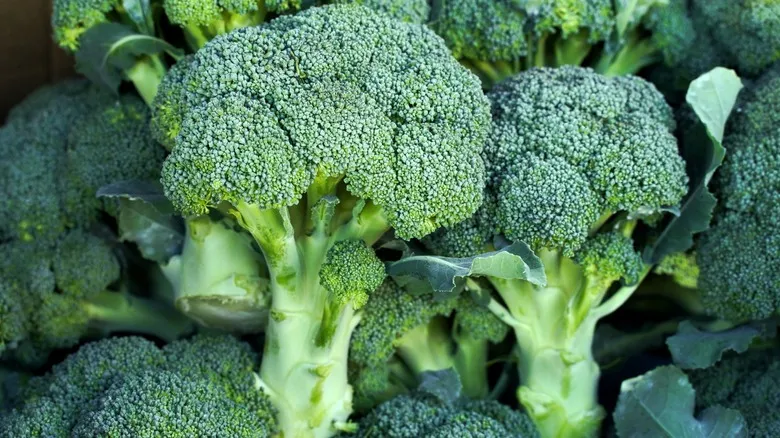Flavors to consider in your homemade hot sauce

Noah Chaimberg, the founder of Heatonist, notes that "Incorporating a few ingredients that enhance each flavor profile can lead to a truly intricate sauce when executed properly." But how do you decide which flavors to include? One approach is to draw inspiration from some of the finest hot sauces available. What unique flavors have they blended to achieve their distinctiveness? Take, for instance, the Queen Majesty Red Habanero & Black Coffee Hot Sauce, which combines the bitterness of black coffee with the heat of habanero, resulting in a beloved favorite.
Fortunately, you won’t need to overthink which two flavors to emphasize in your hot sauce. Peppers inherently provide heat, while vinegar—another essential element of hot sauce—adds a tangy note. From this point, you can refer to our spicy guide to hot peppers to select the varieties and vinegar you wish to use, as well as any additional flavor components you want to highlight. Tropical fruits such as mango or pineapple are excellent options that contribute a delightful sweetness. Umami flavors can be sourced from ingredients like soy sauce, olives, or mushrooms.
Another sought-after element of umami in hot sauce is "smokiness." You can achieve this signature flavor by smoking your peppers, incorporating a can of chili peppers in adobo sauce, or using smoked salt in your recipe.
Recommended

The Seasoning Tip To Make Your Potato Chips Taste Luxurious

The Fish Swap You Didn't Know Your Caesar Salad Needed

How To Choose The Best Broccoli At The Grocery Store, Every Time

Get More Out Of Your Roast Chicken With A Simple Pan Swap
Next up

